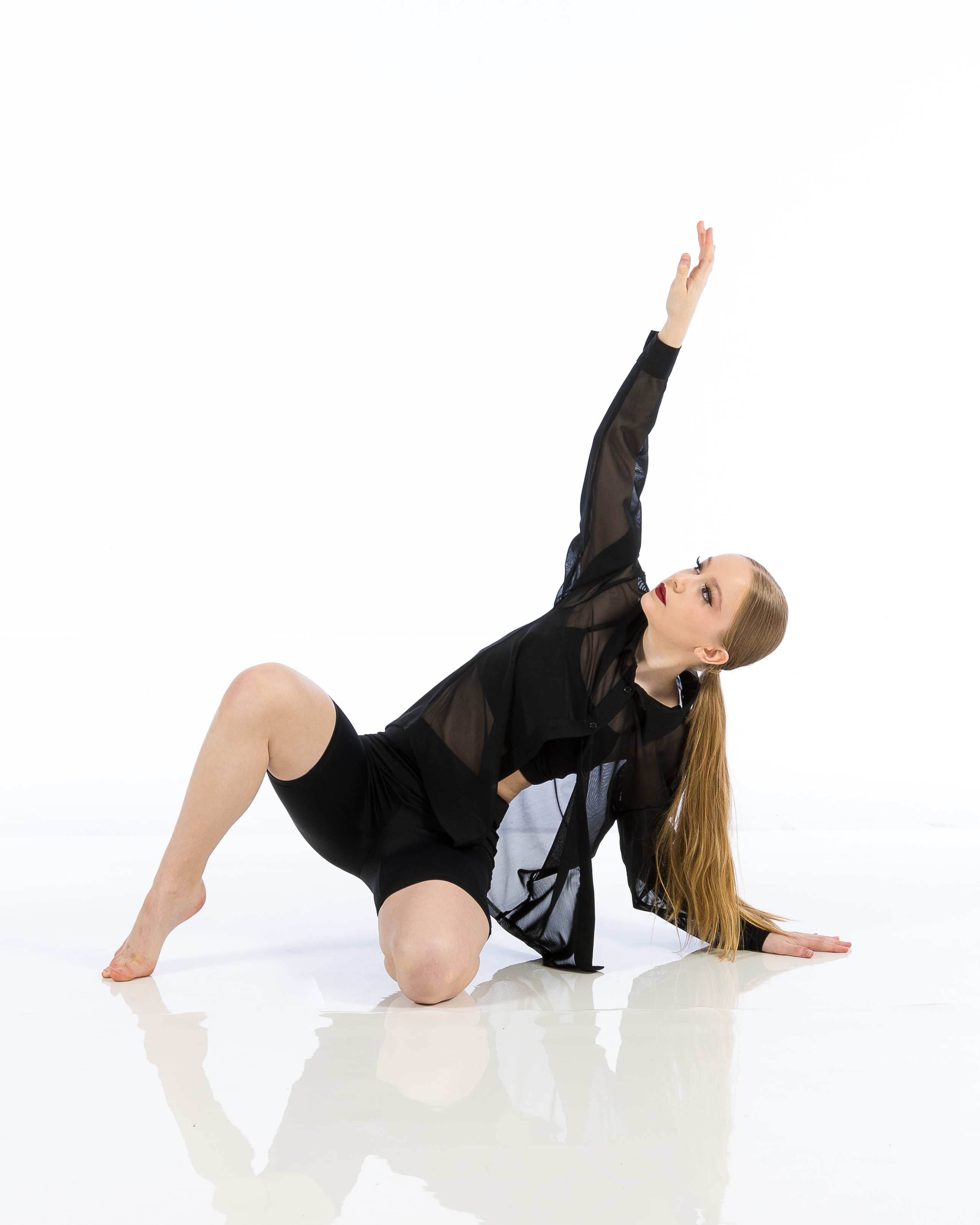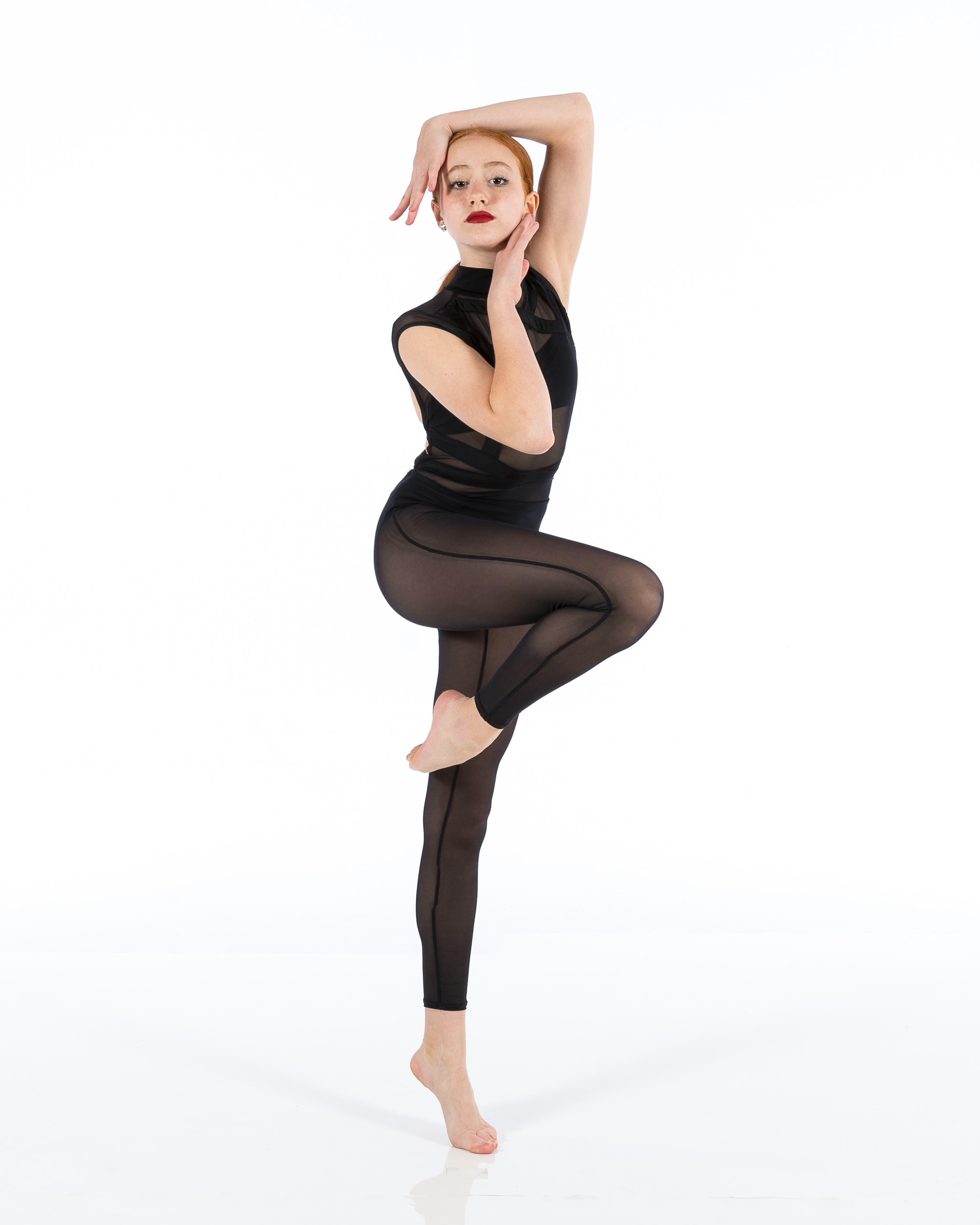Introduction
In the vibrant world of dance, the body is an instrument, and the mind is its conductor. As dancers pirouette, leap, and glide across the stage or studio floor, a delicate balance between physical prowess and mental clarity is essential. This is where meditation and mindfulness come into play—two powerful practices that can enhance a dancer's performance by fostering focus, reducing anxiety, and promoting overall well-being.
Dancers often face numerous challenges: competition pressures, self-doubt, fatigue from rigorous training schedules, and the constant quest for perfection. These stressors can lead to mental blocks that hinder creativity and performance. Thankfully, incorporating meditation and mindfulness into daily routines offers dancers not only a way to find their center but also tools to elevate their artistry. In this article, we will explore various techniques, insights, and benefits of these practices tailored specifically for dancers.
Meditation and Mindfulness for Dancers: Finding Focus
Meditation isn’t just about sitting cross-legged on a mat in silence; it’s about cultivating awareness of the present moment. For dancers, this practice can translate into a heightened ability to remain focused during rehearsals or performances.
What Is Meditation?
Meditation is a technique used to develop concentration and emotional clarity through focused thought or relaxation practices. It has been practiced for thousands of years across various cultures as a method for enhancing mental health.
What Is Mindfulness?
Mindfulness involves maintaining an active awareness of the present moment while acknowledging thoughts, feelings, and bodily sensations without judgment. This practice encourages individuals to live fully in each moment rather than being swept away by distractions.
The Connection Between Dance and Mindfulness
Dance inherently requires focus—dancers must be acutely aware of their bodies' movements while remaining attuned to music and choreography. Integrating mindfulness into dance can enhance this awareness exponentially.
Why Should Dancers Practice Meditation?
Enhanced Focus: Meditation trains the brain to maintain attention. Stress Reduction: Regular practice lowers cortisol levels. Increased Creativity: A calm mind fosters creative expression. Improved Physical Performance: Awareness helps in executing movements more efficiently.The Benefits of Meditation for Dancers
Increased Concentration
For dancers performing intricate choreography under pressure, concentration is vital. Meditation enhances cognitive functions related to attention span, allowing dancers to focus on their movements rather than external distractions.

Emotional Regulation
The world of dance can be emotionally taxing; highs of success are often followed by lows from performance anxiety or comparison with peers. Learning meditation techniques enables dancers to manage these emotions effectively.
Physical Relaxation
Many dancers carry tension in their bodies due to rigorous training schedules or competition stress. Meditation promotes relaxation throughout the body which can help prevent injuries related to muscle stiffness.
Types of Meditation Suitable for Dancers
Mindful Breathing
Focusing on your breath can ground you during moments of anxiety before a performance or rehearsal. Simply inhale deeply through your nose and exhale slowly through your mouth while visualizing tension leaving your body.
Visualization Techniques
Visualizing successful performances or mastering difficult choreography can boost confidence levels while reducing anxiety associated with public displays.
Body Scan Meditation
This practice involves mentally scanning your body from head to toe while identifying areas of tension or discomfort—perfect for recognizing how physical strain affects your performance.
Mindfulness Practices Tailored for Dance Studios
Integrating Mindfulness into Dance Classes
Incorporate short mindfulness exercises at the beginning or end of each class—for example:
Start with a minute of deep breathing. Conclude with reflection on what was learned during class. Encourage students to express how they felt physically or emotionally during practice.Creating a Mindful Environment in Dance Studios
A serene atmosphere contributes significantly to mindful practices:
- Use soft lighting. Play calming background music. Allow for quiet moments between routines without chatter.
Building a Daily Routine Around Meditation
Setting Aside Time Each Day
Even if it's just 10 minutes after waking up or before going to bed, committing time daily establishes consistency—essential for any meaningful change in focus levels.
Joining Group Sessions
Consider attending group meditation sessions specifically designed for dancers; sharing experiences with others creates community support which can enhance motivation levels!
Common Misconceptions About Meditation
"I Can't Stop My Thoughts"
It's natural for thoughts to arise during meditation; instead of fighting them off angrily (which ironically adds more noise), acknowledge them gently before redirecting your attention back onto your breath or focal point.
"Meditation Takes Too Much Time"
It doesn’t have to be long! Just five minutes daily can create noticeable changes over time if done consistently!

Mindful Movement Techniques
Dancers can incorporate mindfulness into their movement as follows:
Pay attention to how each muscle feels as it engages. Notice subtle shifts in weight distribution from one limb to another. Acknowledge environmental factors influencing movement (like temperature changes).How Dance Educators Can Support Mindfulness Practices?
As mentors within dance studios:
- Actively encourage students’ use of mindfulness techniques. Provide resources like guided meditations tailored specifically for performers. Foster an open dialogue about mental health in relation to performance anxiety/discomforts felt throughout training seasons!
Real-Life Success Stories
Numerous professional dancers have reported significant improvements after integrating meditation:
“Using visualization techniques helped me land my first Dance Studio audition,” says Jenna R., an accomplished ballet dancer who credits her newfound confidence largely due to her daily meditative practices!
“I used to dread performances until I learned how important breath control was,” shares Liam T., known for his intricate hip-hop routines now performed effortlessly thanks largely due diligence towards regular mindful exercises!
FAQs About Meditation and Mindfulness in Dance
What are practical ways I can incorporate meditation into my dance routine?- Consider starting with simple breathing exercises before classes begin!
- Absolutely! Many performers do quick breathing techniques backstage prior taking stage as means calming nerves beforehand!
- Even five minutes counts! Gradually work up longer durations if desired based upon comfort level achieved over time!
- Not at all! Beginners may start anywhere feels comfortable enough—just keep an open mind while learning new methods slowly over time period!
- While it won’t alter style itself directly—it may influence how you approach choreography mentally/emotionally resulting ultimately improved performances over time period invested practicing these skills regularly!
6.* How do I choose which type(s) meditation best suits me?
- Experimenting different forms allows discovering personal preferences eventually leading finding most effective options suited individual needs/preferences desired outcomes achieved overall journey embarked upon.*
Conclusion
Embracing meditation and mindfulness within the realm of dance opens doors not only towards enhanced focus but also greater artistic expression! Through consistent practice—whether inside bustling dance studios amidst fellow performers or alone at home—dancers cultivate deeper connections both physically emotionally nurturing environments flourishing creativity boundless possibilities awaiting exploration ahead! So why wait? Start today transforming not just how you perform—but also enjoy every moment along way embarking upon beautiful journey called life through movement art form uniquely yours forevermore!